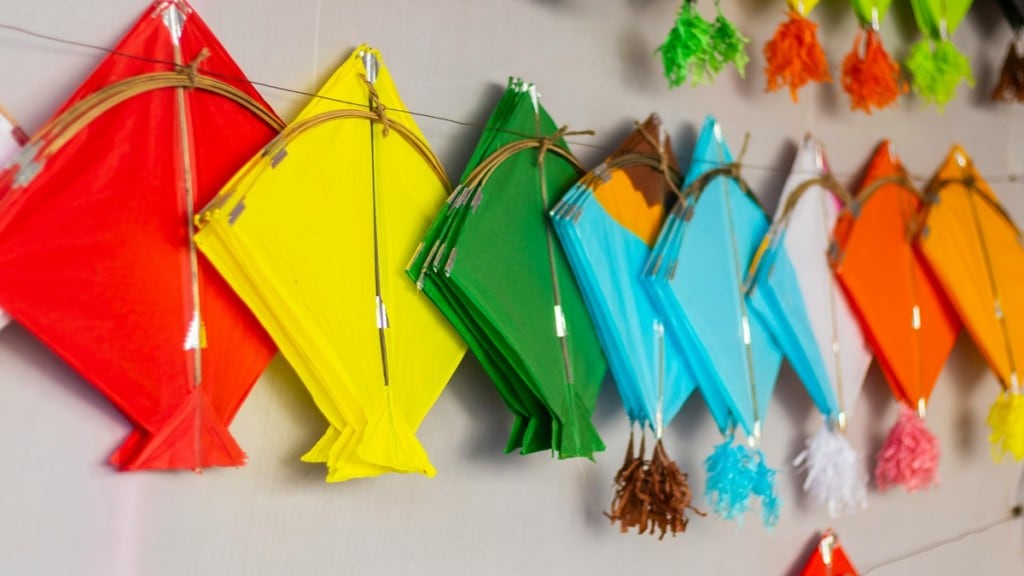Makar Sankranti is one of India’s most cherished festivals, marking the transition of the sun into the zodiac of Capricorn. Celebrated with kite flying, feasts, and festivities, it brings families and communities together under bright, colorful skies. However, this joyous occasion can sometimes lead to unfortunate accidents and injuries if safety precautions are overlooked, Dr Manish Mittal is a consultant physician at Bhailal Amin General Hospital, Vadodara revealed.
From cuts caused by sharp strings to electric shocks and harm to animals, there are multiple risks that need to be addressed to ensure a safe celebration.
Common Injuries and Risks During Kite Flying
- Cuts and Lacerations: Sharp strings, often coated with materials like glass, metal powder, or synthetic compounds, are used to compete in kite-flying battles. These strings can cause severe cuts and deep wounds on fingers, palms, faces, and even necks, especially if they come under tension. Injuries often require medical attention, ranging from basic first aid to stitches.
- Electric Shocks: In the excitement of flying kites, they often get entangled in electrical wires. Attempting to retrieve these kites without proper precautions can result in severe electric shocks or even fatal electrocutions. Metallic strings, sometimes unknowingly used, exacerbate this risk by acting as excellent conductors of electricity.
- Falls and Accidents: Many participants, especially children, climb rooftops and terraces without adequate safety measures. Slippery or uneven surfaces, coupled with distractions, increase the risk of falls, which can result in head injuries, fractures, or other severe trauma. Roofs without railings or barriers are particularly dangerous.
- Harm to Bystanders and Motorists: Pedestrians and motorcyclists often fall victim to sharp kite strings. When stretched across roads, these strings can lead to deep cuts, particularly on the neck, and can even result in fatal injuries. Riders without helmets or face protection are especially vulnerable.
- Injuries to Birds and Animals: Stray animals and birds often get entangled in abandoned or dangling kite strings, resulting in severe injuries or even death. Birds, in particular, suffer from wing injuries, fractures, and cuts, which can affect their ability to fly or survive.
Here are some safety measures for Makar Sankranti that you should take:
To minimize risks and enjoy the festival responsibly, it is essential to take the following safety measures:
- Use Safe Kite Strings: Avoid using harmful materials like glass-coated or metallic strings. Opt for eco-friendly, cotton-based, or other non-abrasive strings that are safer for humans, animals, and the environment.
- Protect Your Hands: Wear gloves, finger caps, or use kite reels to prevent cuts and injuries to your hands and fingers. Ensure the reel or handle is sturdy and easy to grip.
- Choose the Right Location: Fly kites in open spaces like parks or fields, far away from power lines, trees, and crowded areas. Avoid flying kites in congested neighborhoods or near busy roads.
- Weather Awareness: Avoid flying kites during strong or unpredictable winds, which increase the risk of accidents and entanglement with electrical wires.
- Store Strings Safely: Keep kite strings out of reach of children and pets when not in use to prevent accidental injuries or entanglements.
- Avoid Electrical Hazards: Do not attempt to retrieve kites stuck on electrical wires or poles. Avoid using metallic strings, as they can conduct electricity and cause severe injuries.
- Prevent Overexertion: Do not overstretch the kite string to avoid sudden snaps, which can cause cuts or accidental harm to bystanders.
What are guidelines for Children?
Children’s enthusiasm for kite flying often makes them more prone to accidents. These guidelines ensure their safety:
Do’s
- Always have adult supervision while flying kites.
- Educate them about the dangers of sharp strings, rooftops, and electrical wires.
- Encourage them to fly kites in safe, open spaces at ground level.
- Provide them with gloves or protective gear for handling kite strings.
Don’ts
- Never allow children to climb rooftops or walls without safety barriers or adult supervision.
- Discourage them from running after fallen kites, especially on roads or near dangerous areas.
- Avoid giving them sharp or metallic-coated kite strings.
Meanwhile, Dr. SharadChandra Yadav Consultant ICU Care Ruby Hall Clinic Pune also said that that competitive spirit during kite festivals can occasionally escalate, leading to misunderstandings or minor conflicts between participants.
“By fostering awareness, prioritizing safety, and practicing environmental responsibility, these challenges can be minimized, ensuring a joyful and harmonious celebration. Fly high, stay safe, and let the skies tell a story of happiness and unity,” Dr. Yadav said.

